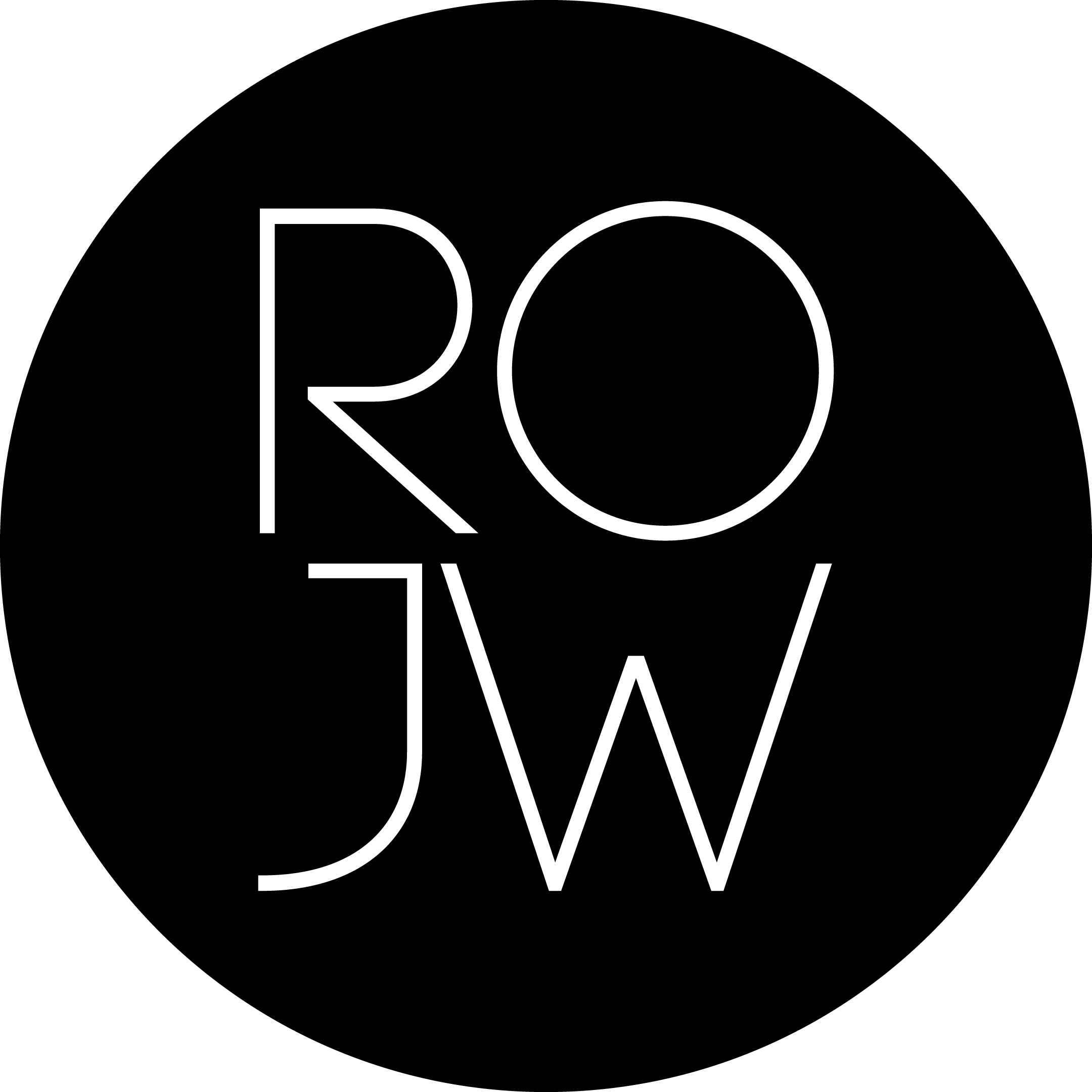Spot the Designer - Khajornsak Nakpan/ Thailand
What did you want to be when you were a child?
As I mentioned to the RJW last year, my family gives me the freedom to do whatever I want, which is the best support I could be driven by. I do not have any dream careers, but I progressed myself every step seriously, not to be someone for something but to be someone with something.
When have you started creating jewelry? How did this passion come about?
During the late period of my PhD degree, I found my concrete idea of creating innovative biological materials from the soil reaches the right place to the perfect closer to the human, especially to approach its philosophical function through the sensation of the body.
What was your first project or significant piece for you and from what point of view?
The significant piece is the latest one named (ME)lanin Bra. This piece evoked further progress in my practice-based research of innovative synthesised bio melanin from soil to create the body adornment. (ME)lanin Bra expresses the potential of adding value to invented material through lingerie, the most delicate garment for humans. Bio Melanin Fibre Bra is like an aesthetics representing a relationship between humans and nature and respect for self and others.
How do you charge your batteries? What other passions and creative interests do you have?
The never surrender attitude is a great charger, and ready to lead against obstacles, as seeking on finding solutions is one of my aspects. The attitudes, characteristics and behavior above construct me for being creative, enthusiastic, and desire to transcend the possibility of things with the eyes of elaboration, hard work, and intelligence.
What does the connection between manufacturing tradition and contemporary design mean to you?
The reformation of manufacturing tradition and contemporary design from the postmodern era onwards yielded constant debate about the essence of beautiful jewelry and what kind of material should be made from. The scope and definition of the word jewelry or the question of whether jewelry is art are not as crucial as the bias towards materials and production techniques. If focusing on creativeness mainly and the truth throughout the time, the most beautiful jewelry may mean the intellectual power that is the connection to inspire and nurture humans.
Is there a self-portrait piece that speaks most about you?
It could be the one before the latest one named "Layer (ME) Soil"; the body adornment purpose to demonstrate the potential of the innovative biological material from synthesized pre-historic soil from Pi man Cave, Pang Mapa District, Mae Hong Sorn. The area is an archaeological site dating up to 2600 years ago from the late Holocene period. The knowledge is integrated with the form of its landscape. The aim is to reflect aesthetics and harmony in living between people and nature. It communicates local wisdom, cultural diversity, creative process, and profound respect for the ancestors, which are unique characteristics of the ethnic people, absolutely me neither.
Which material have you not yet used is a temptation and a challenge for you?
I’m still interested in “mold”. I like the idea that it grows from something dead. It can be used to demonstrate the life cycle – a circle of living, pain, survival, and disintegration. It embraces the meaning of memory through a piece of jewelry, an object which carries its duty and holds sentimental value until it no longer does. What remains of it is a memory and its meaning, which lasts forever.
How was the pandemic period for you as a jewelry designer?
The global pandemic continues to be a crisis over human health and safety. Such a crisis has been reflected in the output of the severe environment. Still, most importantly, it has caused enormous changes to our daily lives and our interactions with one another in a way that contradicts a tremendous scientific advancement. As a designer, I aim to raise awareness and encourage humans to change their lifestyles and think more about nature conservation. In addition, this innovation would hope to bring a new perspective to body ornamentation, blending scientific knowledge and design, which will elevate self-esteem.
How do you see the future of contemporary jewelry?
Humans have long had a culture of jewelry usage, supported by archaeological evidence from pre-historic periods to modern days. In Thailand, the jewelry found from the ancient period allows us, descendants to learn and appreciate how jewelry is cleverly used as Buddhist items and the delicate craftsmanship of the ancient people. Trails of that evidence can be traced to the current period of the Contemporary. Through this period, it can also be seen that ideas towards jewelry have changed over time and are no longer used to indicate the status or beauty of its wearer.
Find more about the designer Khajornsak Nakpan








